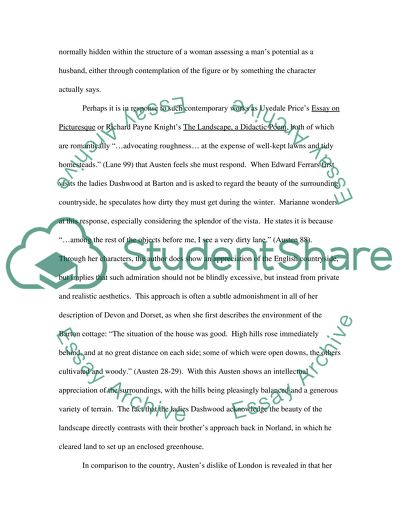Cite this document
(“Jane Austen's Novel Sense and Sensibility Book Report/Review”, n.d.)
Jane Austen's Novel Sense and Sensibility Book Report/Review. Retrieved from https://studentshare.org/literature/1505976-english-literature-essay
Jane Austen's Novel Sense and Sensibility Book Report/Review. Retrieved from https://studentshare.org/literature/1505976-english-literature-essay
(Jane Austen'S Novel Sense and Sensibility Book Report/Review)
Jane Austen'S Novel Sense and Sensibility Book Report/Review. https://studentshare.org/literature/1505976-english-literature-essay.
Jane Austen'S Novel Sense and Sensibility Book Report/Review. https://studentshare.org/literature/1505976-english-literature-essay.
“Jane Austen'S Novel Sense and Sensibility Book Report/Review”, n.d. https://studentshare.org/literature/1505976-english-literature-essay.


